Tamron Blogs
More Photo Tips | Video Gallery | Photo Gallery | Enewsletter sign-up
How to: Choose the Right Lens
Choosing the right lens for your camera can be a daunting task. There are so many options available today, and it’s easy to get overwhelmed by the sheer amount of information out there. When you're choosing a lens, you have to think about what kind of camera you'll be using, what kind of photography genre most interests you, and how much money you want to spend. If you're just starting out in photography, it's best to try out several different types of lenses before deciding on which one(s) are right for you.
So, how do you choose which lens is best for your specific needs? Here are a few considerations that can help guide your decision-making process.
The first step in choosing a lens is deciding what you want to shoot. Are you interested in capturing wide views, or getting up close and personal with your subjects? Do you want to zoom in on a specific detail? Depending on what you're shooting and how close you want to be when you're shooting it, this will determine the type of lens that's best for you.
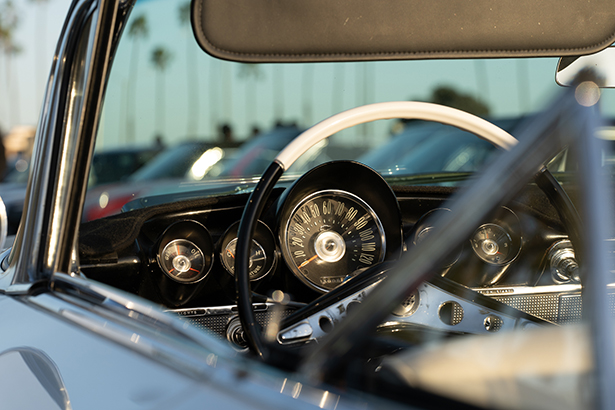
For example, landscape photographers tend to use wide-angle lenses to capture an image with a lot of background detail. Whereas, portrait photographers generally prefer longer lenses with smaller focal ranges. These allow them to compress the space between their subject and its background, which is often desirable when photographing people's faces! They also allow for more depth-of-field control without having to stand too far away (which might be uncomfortable for subjects).
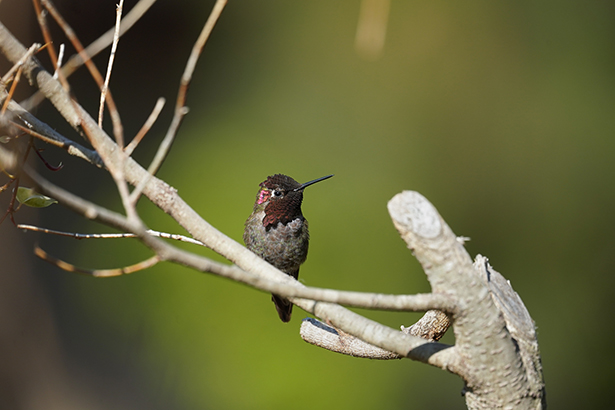

Next, what type of camera do you have? Different cameras have different lenses corresponding to them. For example, if you have a DSLR or mirrorless camera with interchangeable lenses, then you can use almost any lens on the market today: prime lenses, zoom lenses, and macro lenses. However, if your camera only takes specific lenses (like those made by Olympus), then your options will be limited.
• Fixed-focal length (aka prime) lenses
Fixed-focal length lenses are designed for one specific focal length – such as 35mm – and can't be changed. This is great for photographers who are just starting out because they don't have to worry about changing the lens to get the right shot. The downside is that you can't zoom in or out, so if you're trying to capture something far away or up close, this may not be your best option.
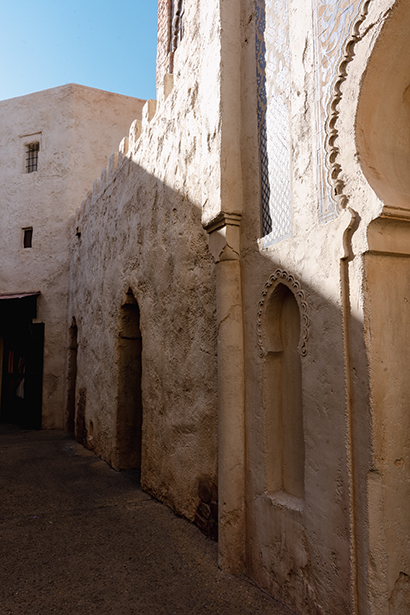
• Zoom lenses
Zoom lenses are great if you want to be able to get both wide shots and close-ups with one lens—they allow you to zoom in and out while taking photos. Zoom lenses come in different lengths (for example, they can be 24-70mm, 28-70mm, or 18-300mm), so make sure to choose one that fits your needs!

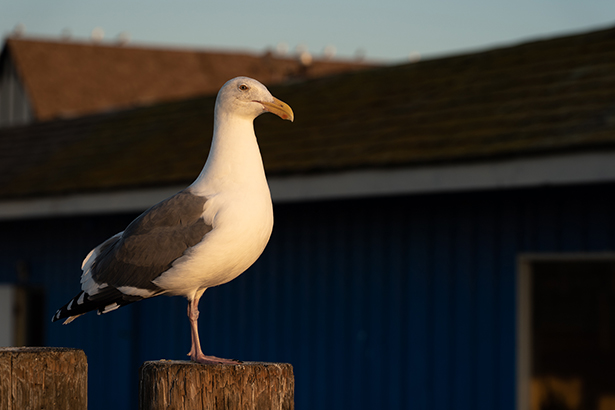
• Macro lenses
Macro lenses are ideal for capturing images of small objects or details like flowers or insects; they have a very tight focus area which allows them to focus on small areas without losing sharpness on other parts of the image or subject matter such as leaves or branches on trees.
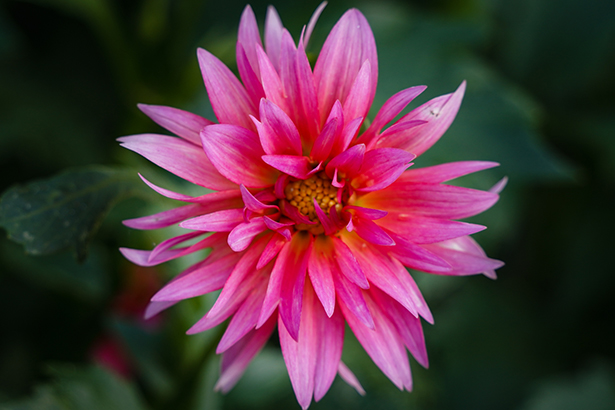
Finally, don’t forget to think about whether or not your soon-to-be new lens is compatible with whatever equipment you plan on using in the future! For instance, if you plan on upgrading your APS-C camera to full-frame (or vice versa), then make sure that any lenses purchased today aren’t going to be rendered useless when that time comes around!
More Photo Tips | Watch Videos | Learn More About Tamron Lenses | Photo Gallery